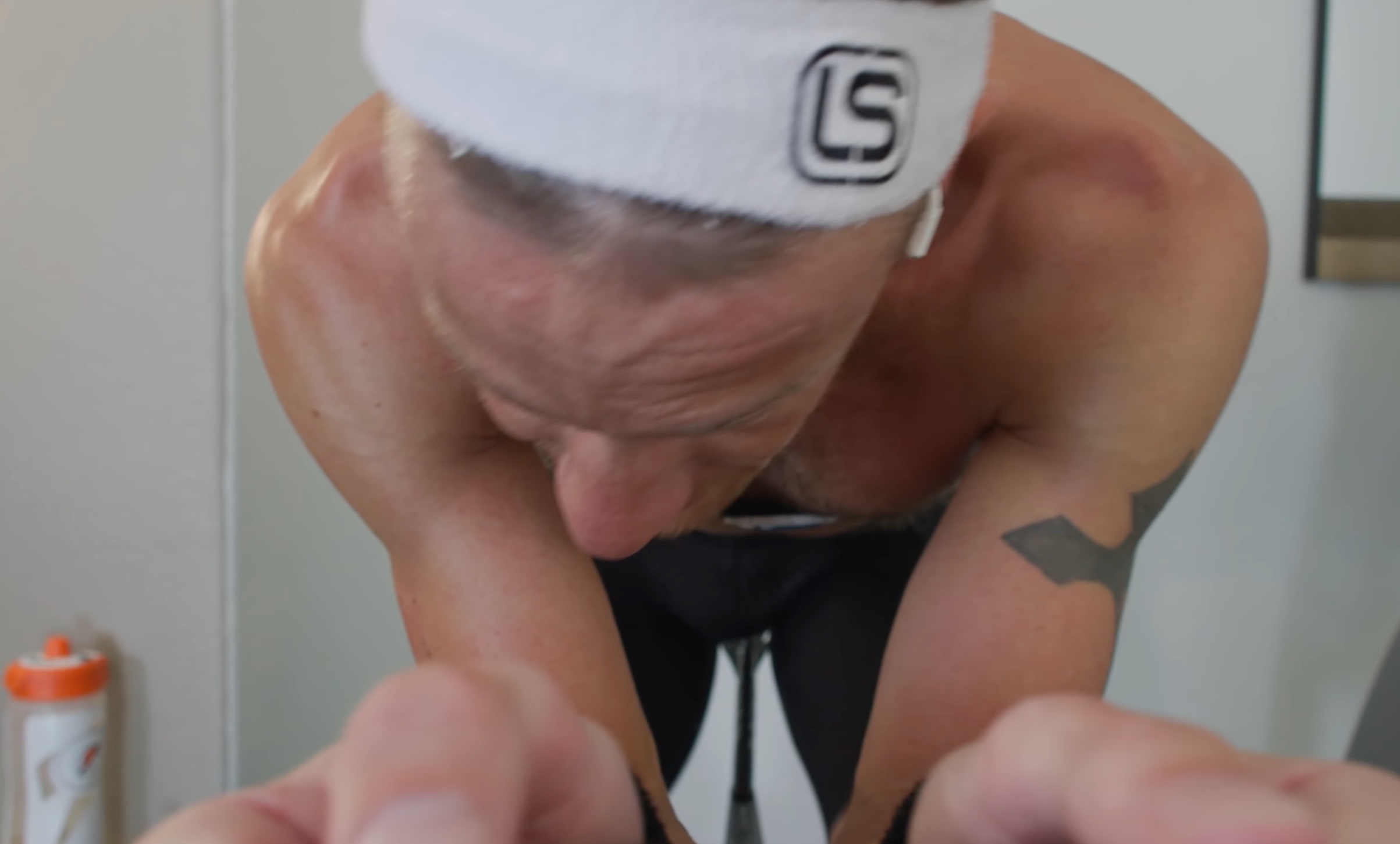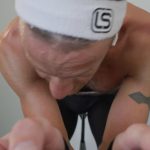“Volume is important.” They are the words of triathlete Morgan Pearson (USA), but how does Lionel Sanders feel about that? “The problem is: really early on in my career, as you know, I started writing a blog and I started doing YouTube, but the problem is: I got a lot of feedback and I started to listen to the feedback, while a lot of people giving the feedback probably didn’t know what they were talking about. I listened, though, I’m an easily influenced person.” That’s how Sanders ended up lowering the volume, which didn’t give him the results he had hoped for. In his latest video, Sanders explains how he struggled with his training approach in the past few years.
One piece of feedback Sanders got, came from Sebastian Kienle. “Stop doing an Ironman every day”, he said. “That started to get the wheels turning in my head, wondering what he means by that. I took that to mean less volume and less Ironman race-pace kind of stuff.”
Another thing that happened: while Sanders prepared for Kona during a training camp in 2014, he did a “decently large week of training” and posted about it in a blog. “Dark Mark, who was a – what would you say – critic, a triathlon personality, said: what does Lionel’s training and 80s hairstyles have in common? Too much volume.”
People talking about Sanders’ training volume being too high did the Canadian eventually inspire to bring it down and to focus on quality. However, a few months ago, Sanders realized that his old approach was actually what got him so far in the sport. In a video, the star long-distance athlete explained how he “delivered his best performances when overtraining”. Shortly after that, Sanders started to work with a new coach, the same coach as Norway’s Gustav Iden, his brother: Mikel Iden.
In his latest YouTube video, Sanders gets back to the critics as he shares a big volume day, saying “volume is important”. That big volume day consisted of three threshold sessions: “4×1000 upper aerobic threshold in the swim, 4×45 minutes upper threshold on the bike, and 75 minutes upper aerobic threshold on the run”, Sanders explains.
He takes us along during his training, while he talks about why he believes volume in some way is important. “A long story short: volume in itself is not going to make you very good if all you do is just random volume and lots of it. But volume done properly, at proper intensities, is extremely beneficial. Obviously, when you train for a race that takes eight hours, having the propensity to train a lot is going to be a big advantage because of the muscle load and fatigue that you are adapted too.”


